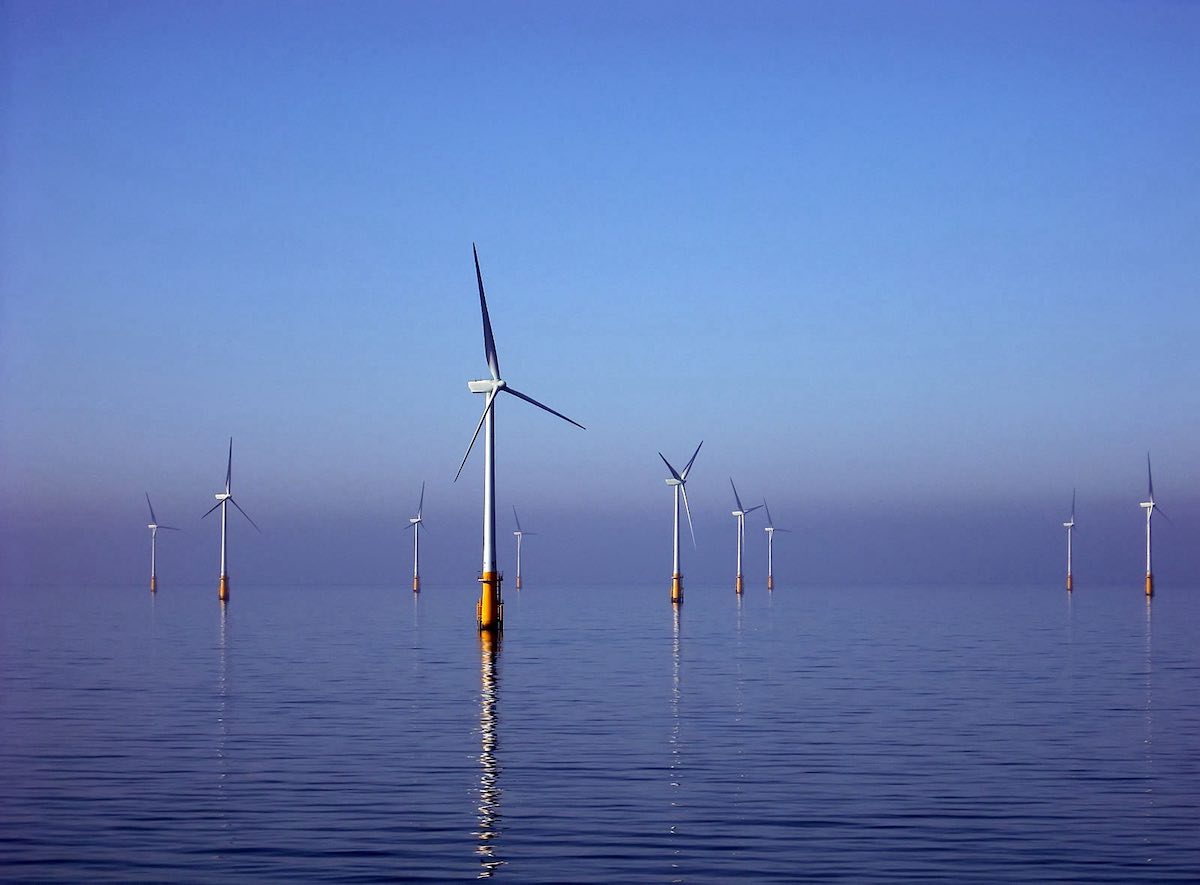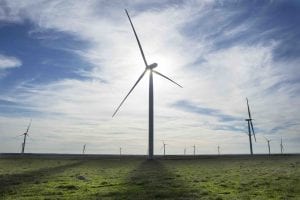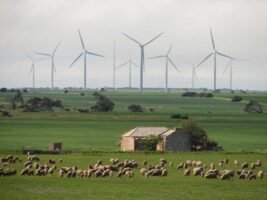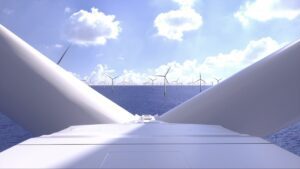BlueFloat Energy, one of the contenders for a berth in Australia’s first offshore development zone off the coast of Gippsland in Victoria, says its 2.1GW project could bring tens of billions of dollars to the regional economy and thousands of jobs.
The Spanish company says a socio-economic analysis of the Greater Gippsland Offshore Wind Project suggests the project could deliver a $35 billion injection in gross regional product, an $18.3 billion rise in household income, and “thousands” of jobs.
The study, by ACIL Allen, is part of the company’s feasibility licence application for the project located between 10 to 43 kilometres offshore from the Gippsland coast, between Woodside Beach and Seaspray.
At this stage, it includes 140 wind turbines and four substations, and is pencilled in for completion by 2030.
“As part of our Feasibility Licence application, we wanted to understand how the Greater Gippsland Offshore Wind Project would impact the regional economy,” said Nick Sankey, BlueFloat Energy’s Australian country manager.
“It is so important that offshore wind delivers benefits for local communities.”
Tough contest
The heat is on all but one project proponent to polish up their projects as much as they can, with more than a dozen different entities proposing some 10-12 GW of wind projects for the five licences available.
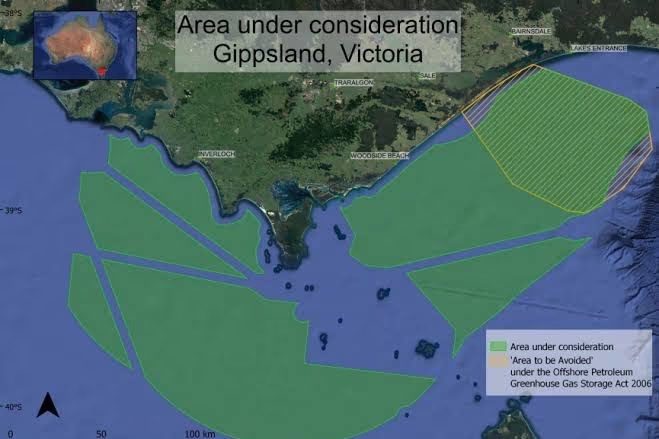
The 2,200MW Star of the South project, which is being developed by Copenhagen Infrastructure Partners, Cbus and its original Australian co-founders Andy Evans, Terry Kallis and Peter Sgardelis, already has a promise from the federal government to be fast tracked as a priority.
Flotation Energy’s 1.5 GW Seadragon Offshore Wind Project, the 2.2 GW Star of the South – which is favoured to be the first offshore wind project in the country – and a project owned by Macquarie Group’s Corio all received government funding for their developments.
Others competing for the right to conduct a feasibility study include the world’s biggest offshore wind developer Ørsted, Engie, EDP Renewables, Iberdrola, Shell, Equinor, Vena Energy, and a host of smaller players.
The deadline for feasibility bids is April 27.
The Gippsland region was designated as Australia’s first offshore wind zone. Projects awarded a feasibility licence can begin field work and studies as part of the environmental approvals and technical feasibility process.
Victoria has set targets of at least 2GW of offshore generation capacity by 2032, 4GW by 2035 and 9GW by 2040.
Job focus for a jobs crunch
Bluefloat Energy is emphasising how many jobs it plans to bring to Gippsland, but what’s more likely is it will face a skills crisis – a real and looming possibility as Victoria hosts the launch of a brand new industry in Australia, closely followed by New South Wales (NSW) offshore zones and maybe Western Australia too.
“BlueFloat Energy will require skilled professionals to execute projects and Federation University is currently developing training programmes to meet the needs of the emerging offshore wind industry,” said Leigh Kennedy, associate deputy vice chancellor global and engagement for Federation University.
Flotation Energy has already struck a deal with the University of Melbourne to begin building a pipeline of marine and electrical engineers, mechanical naval architects, civil engineers, and marine spatial planners, to name a few.
Provided it wins a feasibility licence, it too wants to have its Seadragon project finished by 2030.

